Fantastic Photos of our Solar System
In the past decade, extraordinary space missions have found water on Mars, magnetic storms on Mercury and volcanoes on the moons of Saturn
/https://tf-cmsv2-smithsonianmag-media.s3.amazonaws.com/filer/newrings-Saturn-cassini-631.jpg)
We've been looking at other planets through telescopes for four centuries. But if you really want to get to know a place, there's no substitute for being there. And in the past decade, more than 20 spacecraft have ventured into the deepest reaches of our solar system. These probes, unlike the Hubble Space Telescope and other observatories that merely orbit Earth, have actually traveled to other planets and approached the Sun, sending back pictures that humble or awe, even as they advance astronomers' understanding of our corner of the universe.
"The past decade has been spectacular in terms of achievements," says Sean Solomon, an astronomer at the Carnegie Institution of Washington and a leader of recent missions to Mercury and Mars.
Last year, NASA's Messenger mission gave us the first up-close view of parts of Mercury, the planet closest to the Sun. The spacecraft has found extensive ridges along the planet's surface, made as it cooled and shrank over its four billion years. Messenger should nestle into an orbit around Mercury in 2011 and continue to study the planet's geology and magnetic fields.
More missions—19 since the 1960s—have made it to Mars than any other planet, and it's the only one whose surface we've explored with robots. NASA's Sojourner rover rolled along there for three months in 1997; Phoenix performed direct experiments on soil samples during five months in 2008. The superstars of planetary exploration are the Spirit and Opportunity rovers; Spirit analyzed the Martian surface for six years before falling silent, and Opportunity is still sending us data. Thanks to all these efforts, we now know that Mars once had seas and rivers and there's ice there today. In the nine years before it lost contact in 2006, the Mars Global Surveyor satellite detected many changes on the red planet, including two gullies apparently formed by gushing water.
NASA's Galileo mission to Jupiter, focusing on the four moons that the Italian astronomer discovered 400 years ago, observed an atmosphere on Europa, ice at the poles and possibly an underground ocean. Callisto, too, may have a liquid ocean. Ganymede has a magnetic field, and Io sizzles with lava that reaches 3,140 degrees Fahrenheit. After the spacecraft ran out of fuel in 2003, engineers sent it crashing into the planet, and Galileo went out in a blaze of observations.
For breathtaking beauty, no mission can compete with Cassini, which is run by the United States with contributions from 16 other nations. Zipping around Saturn and its moons since 2004, Cassini has detected odd spirals in Saturn's rings and a surprising amount of geologic activity on its moons. Titan, the largest (bigger even than Mercury), has lakes of supercool methane and slushy eruptions of a water-ammonia mix. Enceladus is riddled with geysers so powerful they feed matter into Saturn's rings. Rhea may have its own rings. Saturn is practically a solar system unto itself.
Pluto may not count as a planet anymore, but it has its own mission: NASA's New Horizons, now en route and expected to arrive in 2015.
Laura Helmuth is a senior editor at Smithsonian.
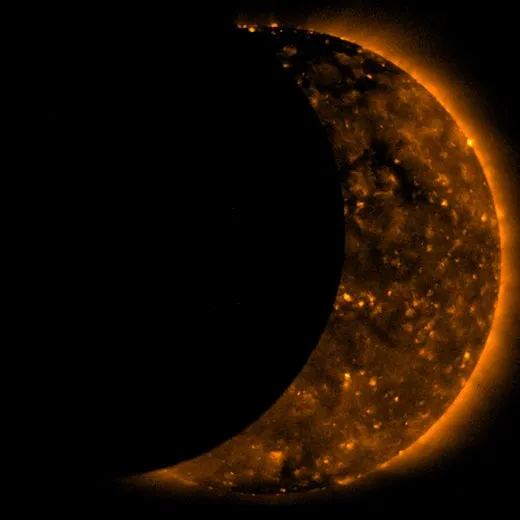
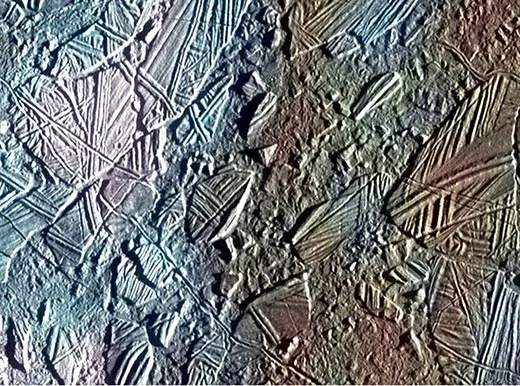
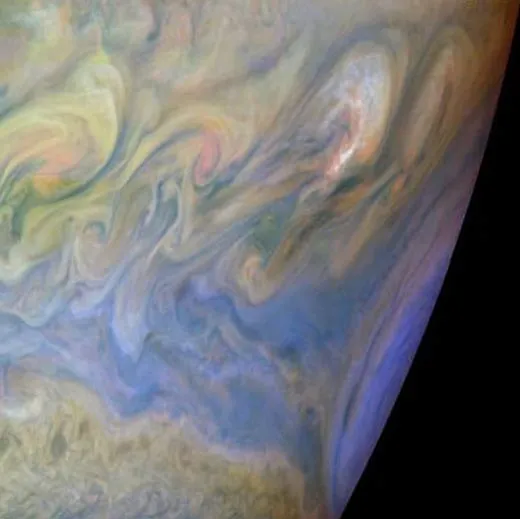
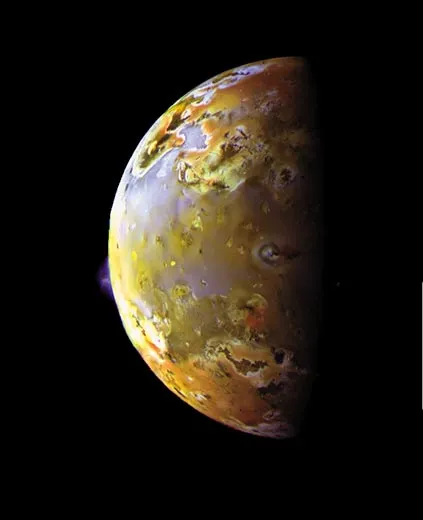
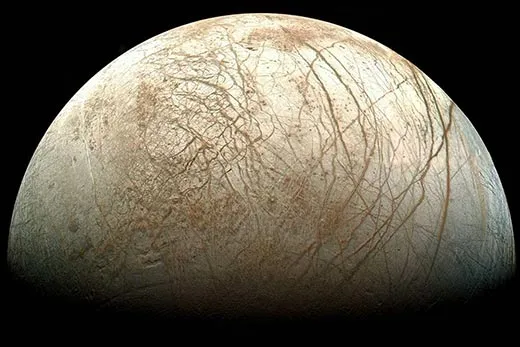
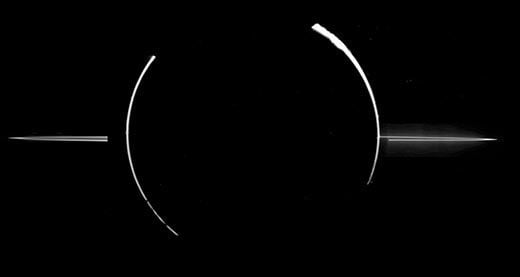
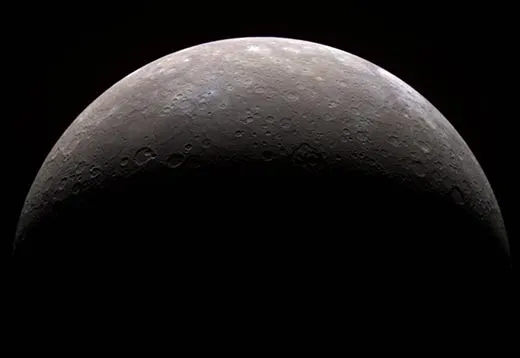
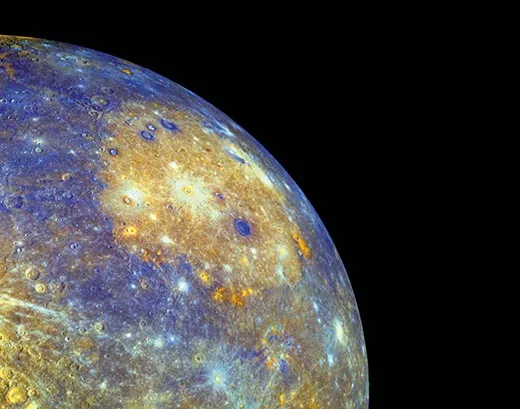
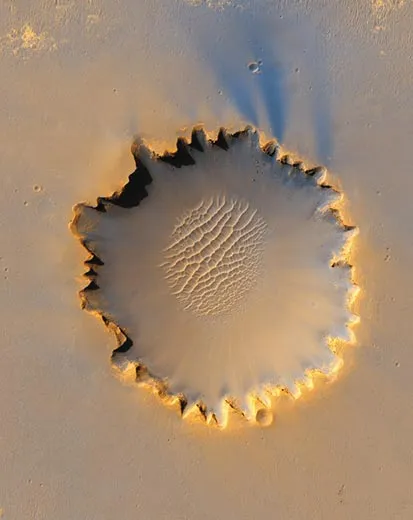
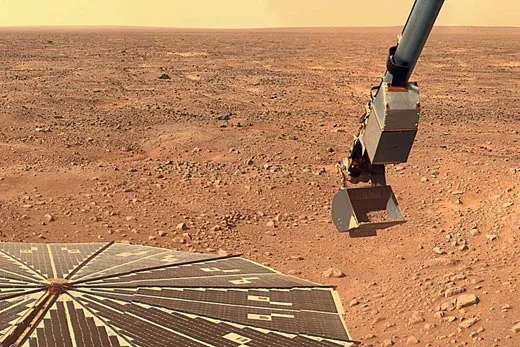

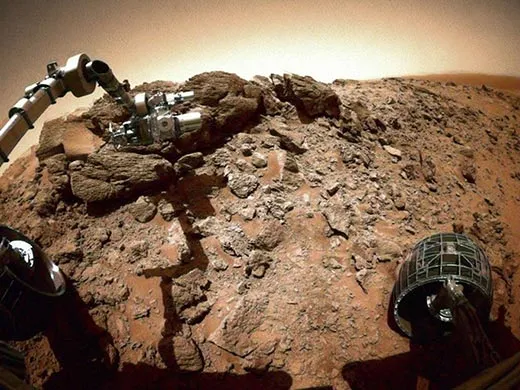
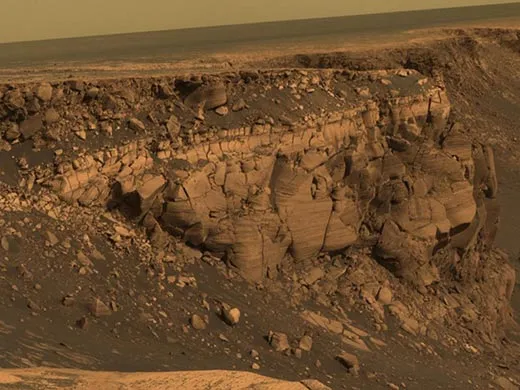
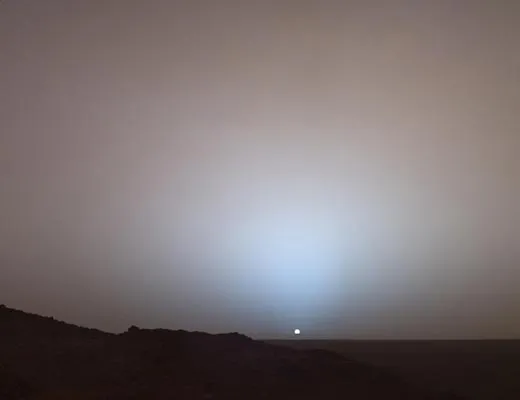
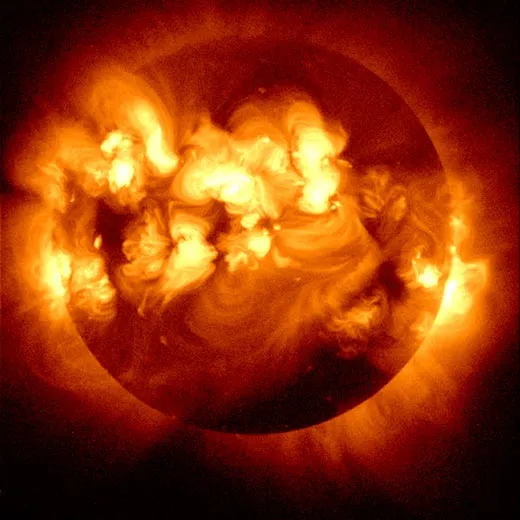
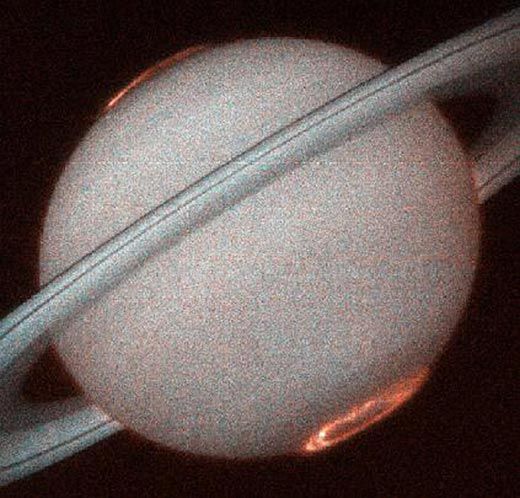
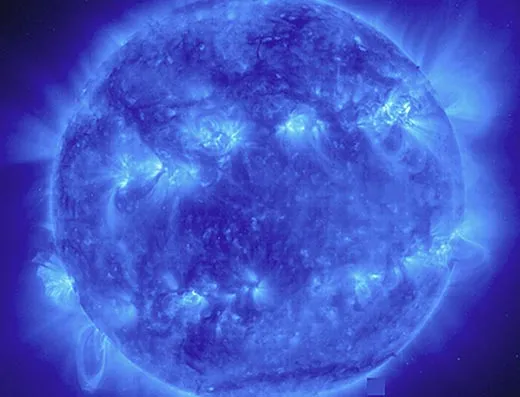
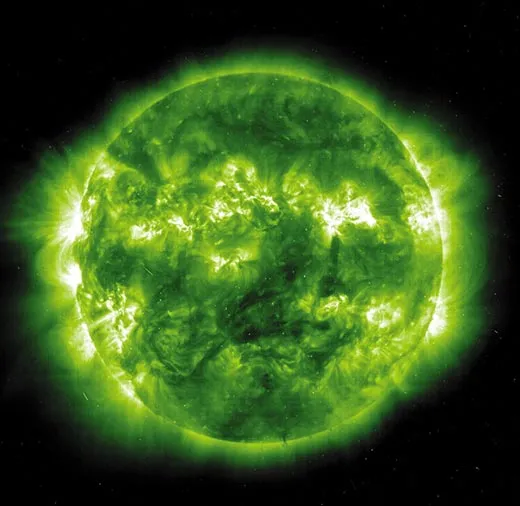
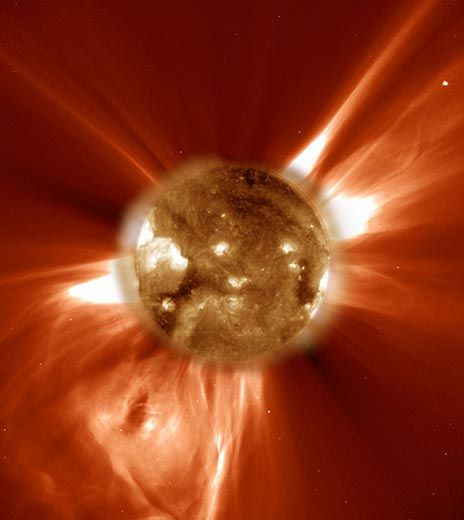
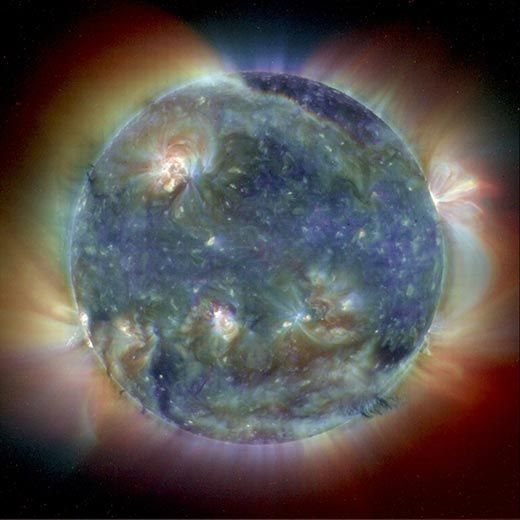
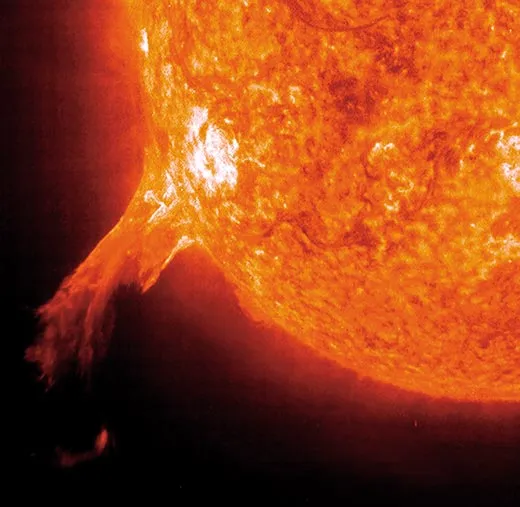
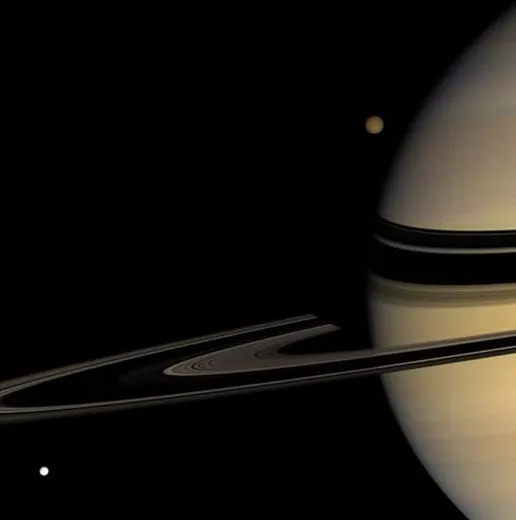
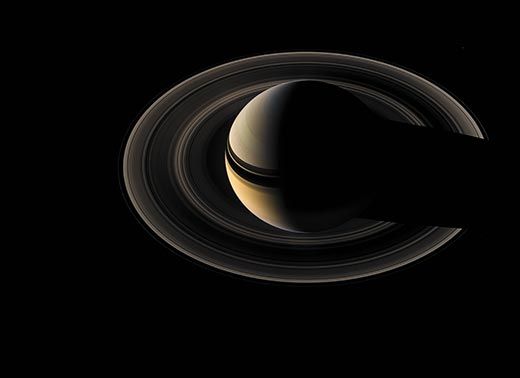
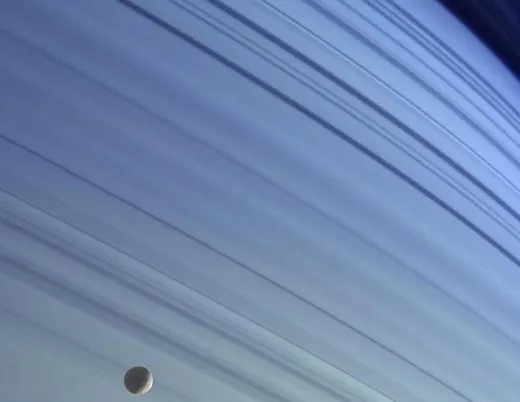
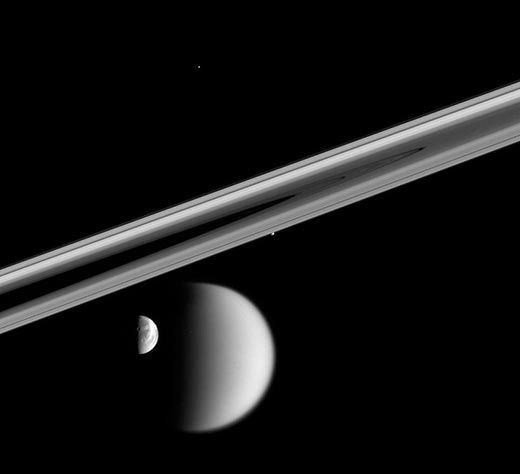
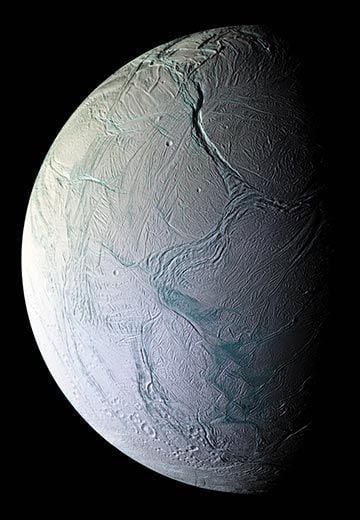
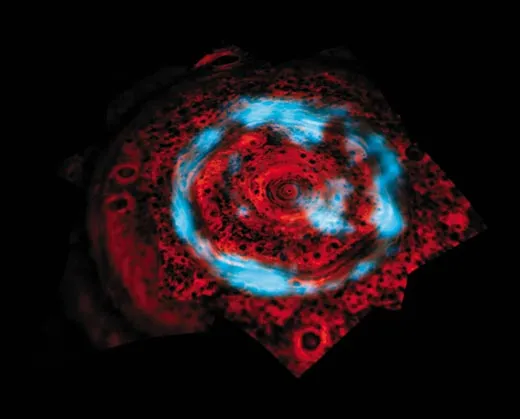
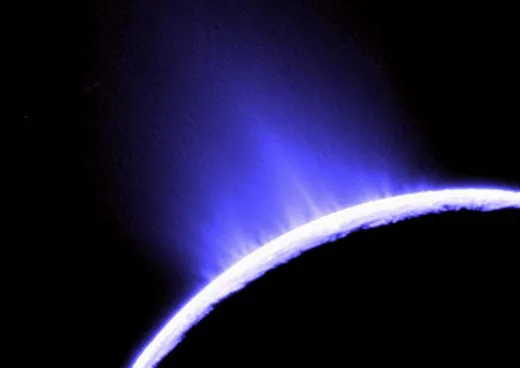
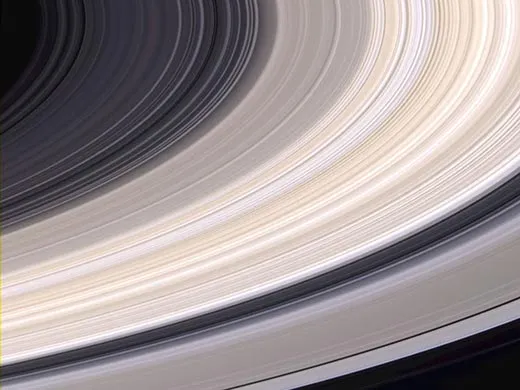
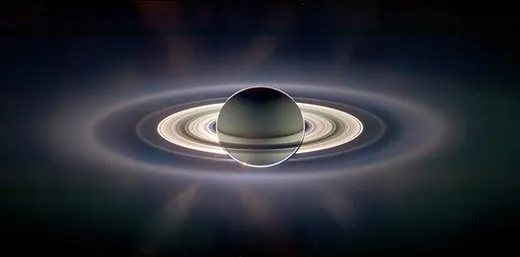
Get the latest Science stories in your inbox.
/https://tf-cmsv2-smithsonianmag-media.s3.amazonaws.com/accounts/headshot/laura-helmuth-240.jpg)
Laura Helmuth | | READ MORE
Laura Helmuth is the science and health editor at Slate. Previously, she was a senior science editor at Smithsonian magazine.
/https://tf-cmsv2-smithsonianmag-media.s3.amazonaws.com/accounts/headshot/laura-helmuth-240.jpg)